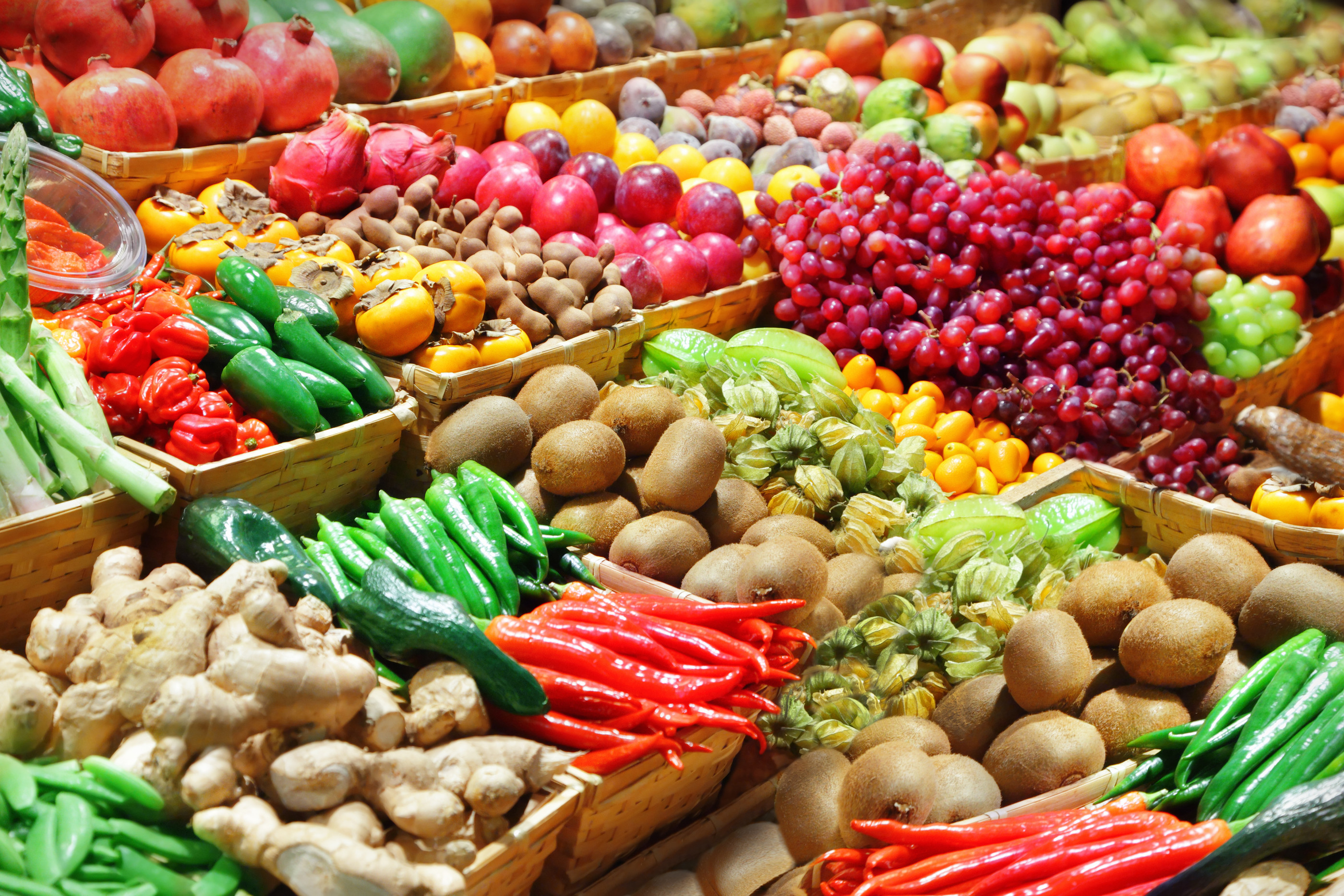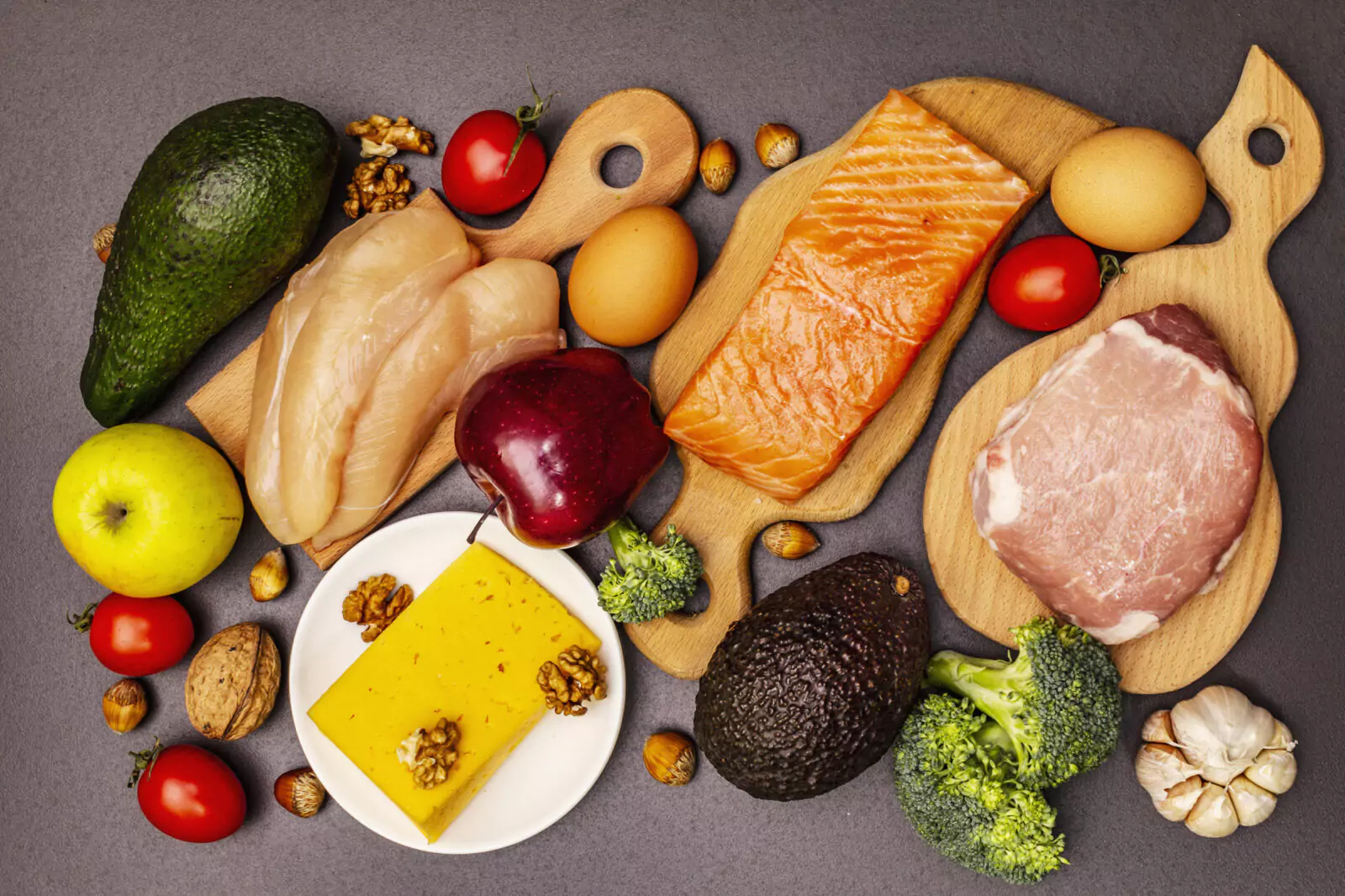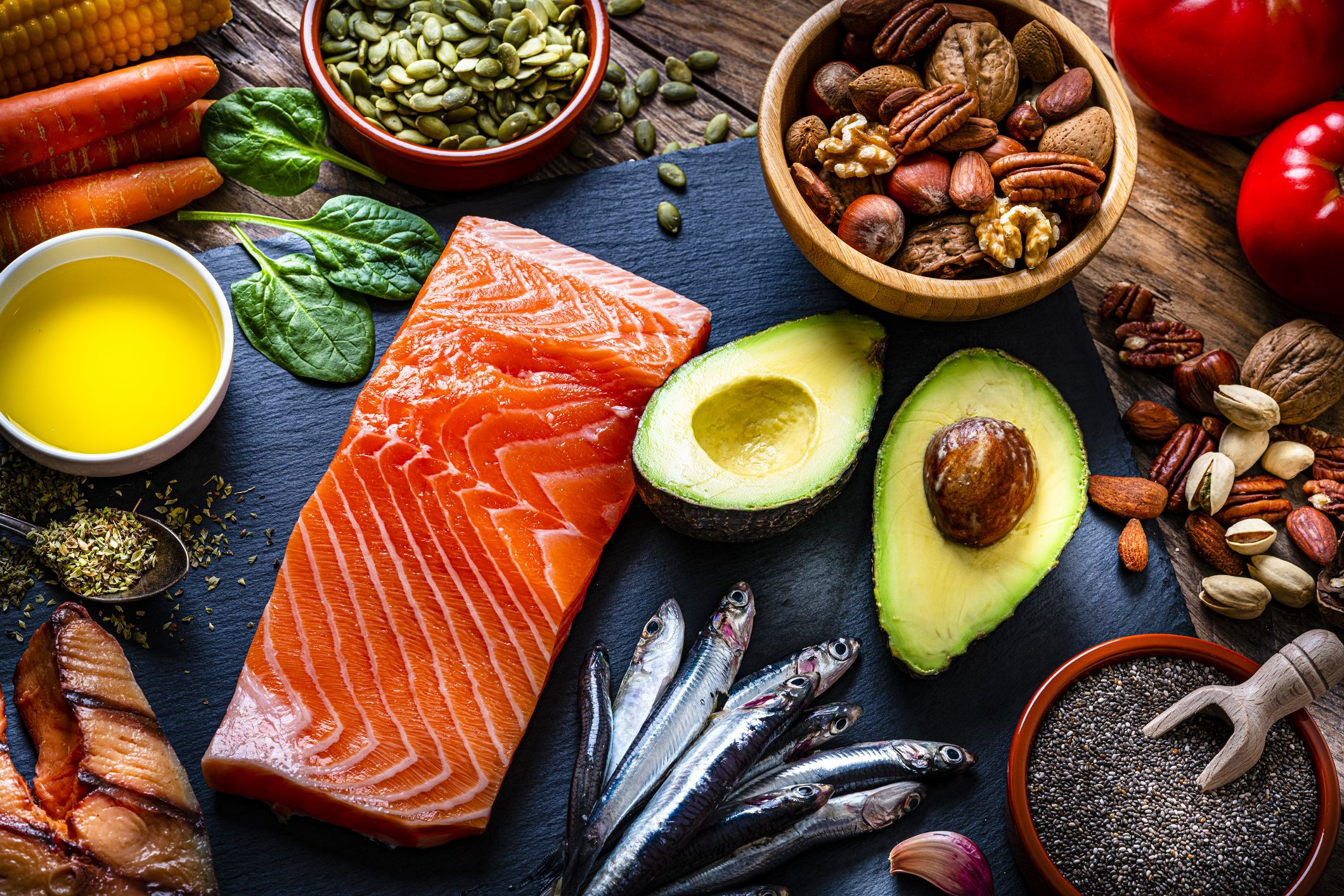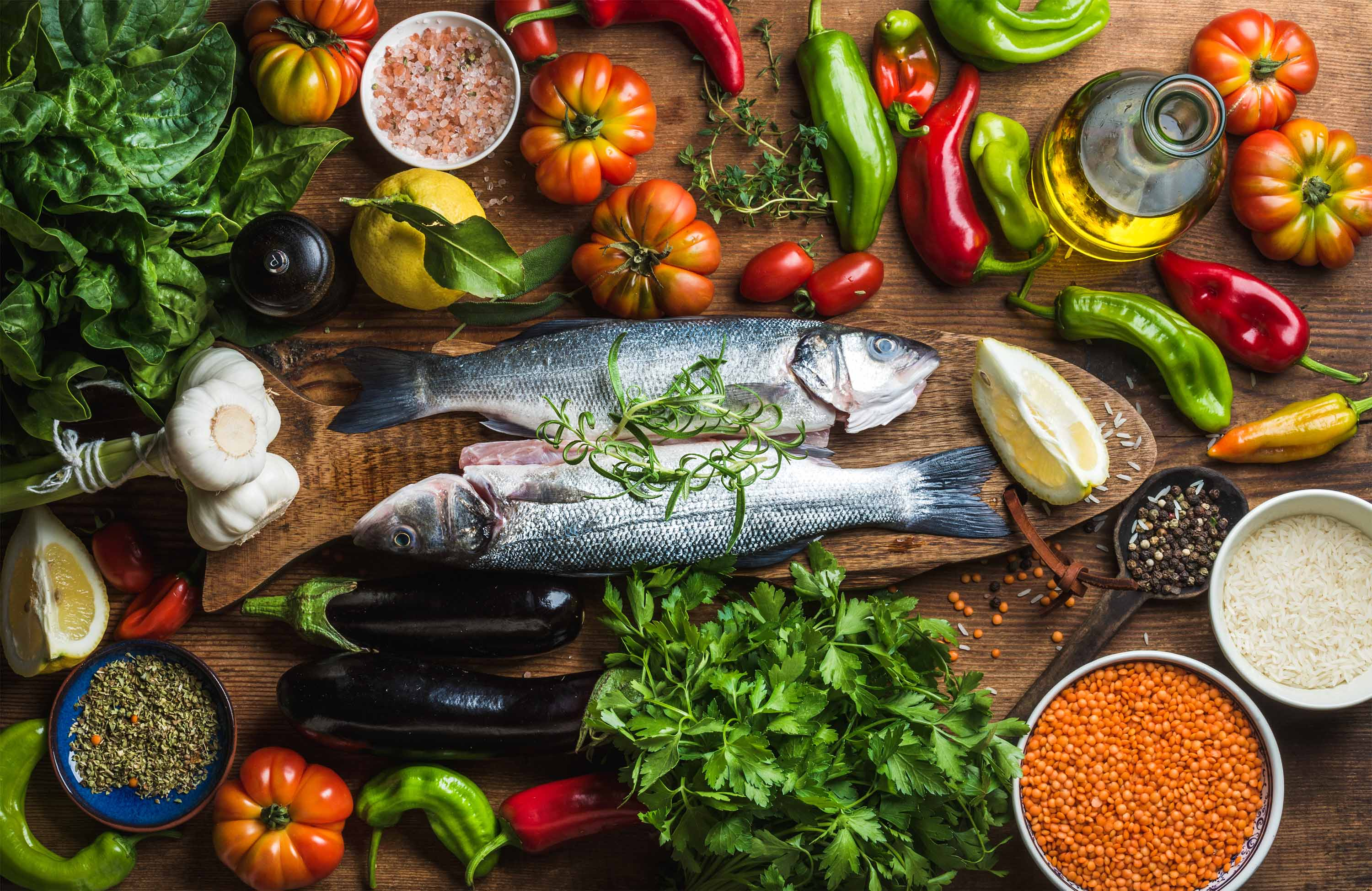
Fueling Your Brain: The Importance of Nutrition for Teenage Cognitive Performance
Discover how the right diet can boost your mental focus, memory, and overall academic success as a C...


Learn how to create healthy, satisfying meals while maintaining the right portion sizes for your age and activity level.
Most Canadians think they know what proper portions look like, but research from Health Canada shows we're consistently off by 30-40%. It's not about willpower or motivation - it's about having the wrong measurement tools in your brain. When I started learning about portion control at 15, I thought a serving of pasta was whatever filled my plate. Turns out, that "serving" was actually three servings according to Canada's Food Guide.
The problem isn't that we're eating too much food - we're eating the right foods in the wrong amounts. A handful of almonds is a perfect snack. Three handfuls while watching Netflix becomes 450 calories instead of 150. The difference between sustainable weight management and frustrating weight gain often comes down to these small measurement errors that compound over time.
Understanding portion control means learning to see food differently. Instead of thinking about restrictions, you start thinking about optimization. How can you get the most satisfaction, nutrition, and energy from each meal while staying within your body's actual needs? This shift in thinking changes everything about how you approach food.
The good news is that portion control is a skill, not a talent. Like learning to drive or play hockey, it takes practice but eventually becomes automatic. Once you understand the basic principles and practice them consistently, you'll be able to eyeball portions accurately without constantly measuring or weighing food.
Your stomach is roughly the size of your fist when empty, but can stretch to hold up to 4 liters of food and liquid. This elasticity is why you can feel stuffed after a big meal but hungry again a few hours later. The key is learning to recognize when your stomach has enough food to function optimally - usually around 1-1.5 cups of food per meal.
Hunger and fullness signals take 15-20 minutes to travel from your stomach to your brain. This delay explains why you can feel fine during a meal but uncomfortably full 20 minutes later. Professional portion control means eating slowly enough to let these signals catch up, usually taking at least 15-20 minutes per meal.
Canadian research shows that people who use smaller plates and bowls automatically eat 18-25% less food while reporting the same level of satisfaction. This isn't about tricking yourself - it's about working with your brain's visual processing. When a normal portion fills a smaller plate, your brain registers it as a complete, satisfying meal.
Your hands are the most accurate measuring tools you always have with you. These measurements scale with your body size, making them more personalized than generic cup measurements:
At 15, my metabolism and activity level were completely different from what adults need to consider. Teenagers need more calories per kilogram of body weight because they're still growing, but they also tend to be more active. Adult portion control has to account for slower metabolisms and often more sedentary lifestyles.
For sedentary adults (office workers, minimal exercise), the hand-portion guidelines work perfectly. For active adults who exercise 4-5 times per week, you might need 1.5x the carbohydrate portions and slightly larger protein portions. For very active people (construction workers, athletes), portions might need to be doubled while maintaining the same ratios.
Age affects portion needs too. Adults over 50 typically need fewer calories but more protein per pound of body weight to maintain muscle mass. This means slightly smaller overall portions but maintaining or even increasing the protein portion while reducing carbohydrates and fats proportionally.
Living in Canada means dealing with seasonal changes that affect appetite and activity levels. During long winter months, many Canadians are less active and crave more comfort foods. This is normal and biological - your body is responding to shorter daylight and colder temperatures. Rather than fighting these cravings completely, adjust portions slightly upward for warming foods like soups and stews while maintaining protein targets.
The biggest mistake people make with portion control is trying to implement it perfectly from day one. Your brain needs time to recalibrate its expectations. Start by measuring portions for just one meal per day for a week. Most people choose breakfast because it's usually the most consistent meal. Measure everything for that one meal until eyeballing portions becomes automatic.
Use smaller dishes strategically. In Canada, our standard dinner plates are 11-12 inches in diameter. European-style 9-10 inch plates make normal portions look more satisfying. The same principle applies to bowls, glasses, and even utensils. Smaller spoons naturally lead to smaller bites and slower eating.
Pre-portion snacks immediately after grocery shopping. When you buy a large container of nuts, yogurt, or crackers, divide it into single servings right away. This prevents the common scenario of eating directly from the container and losing track of how much you've consumed. Use small containers or bags and label them if helpful.
Canadian restaurant portions are typically 2-3 times larger than recommended serving sizes. Before you start eating, visually divide your plate into appropriate portions and set aside the extra food. Ask for a to-go container at the beginning of the meal, not the end. This removes the temptation to "finish your plate" and gives you lunch for the next day.
At social gatherings, use the same plate strategy but fill it once thoughtfully rather than grazing continuously. Take time to actually look at your food and make conscious choices about what you most want to eat. This approach lets you enjoy special foods while maintaining portion awareness.
Satisfaction comes from more than just quantity - it comes from variety, flavor, texture, and eating experience. A well-portioned meal should include multiple textures (creamy, crunchy, chewy) and flavors (sweet, salty, umami, bitter). This variety signals to your brain that you've had a complete eating experience even with smaller portions.
Protein and fiber are the most important nutrients for satiety. A palm-sized portion of protein plus two handfuls of vegetables provides the foundation for feeling satisfied for 3-4 hours. The carbohydrates provide energy and satisfaction, while healthy fats slow digestion and extend the feeling of fullness.
Temperature and preparation method matter more than most people realize. Hot foods feel more filling than cold foods at the same portion size. Foods that require more chewing (like raw vegetables, whole grains, or slightly firmer proteins) create more satiety signals than soft, processed foods. This is why a grilled chicken breast with roasted vegetables feels more satisfying than the same amount of chicken in a smoothie.
Most Canadians do better with three moderate meals plus one planned snack rather than trying to eat tiny frequent meals. Your digestive system works more efficiently with clear breaks between eating periods. Plan your largest meal for when you're most active - usually lunch for office workers, or post-workout for people who exercise in the evening.
The biggest mistake is treating portion control like a temporary diet instead of a permanent skill. People measure portions obsessively for a few weeks, then abandon it completely when life gets busy. Instead, think of it like learning to parallel park - you practice intensively at first, then it becomes automatic and you only need to pay conscious attention in tricky situations.
Another common error is applying the same portions to all foods. A handful of almonds and a handful of lettuce have completely different caloric impacts. Learn to distinguish between high-calorie foods that need precise portions (nuts, oils, grains, proteins) and low-calorie foods where portions are more flexible (most vegetables, herbs, spices).
Many people also try to use portion control to compensate for poor food choices. Proper portions of highly processed, low-nutrition foods will control calories but won't provide satisfaction or stable energy. The goal is proper portions of high-quality foods, not tiny portions of junk food.
Holidays, celebrations, and special occasions don't require abandoning portion awareness, but they do require flexibility. Choose 2-3 special foods that you really want to enjoy, and eat normal portions of everything else. This way you get to participate fully in the social and cultural aspects of food while maintaining your overall eating patterns.
When you're sick, stressed, or dealing with major life changes, maintaining perfect portions becomes less important than maintaining consistent eating patterns. Focus on getting adequate protein and staying hydrated rather than measuring everything precisely. Your appetite will naturally regulate as your situation stabilizes.
Sustainable portion control becomes invisible - you stop thinking about it consciously because it becomes part of how you naturally approach food. This usually takes 6-8 weeks of consistent practice. During this learning period, expect some meals to feel too small and others to feel too large. Your appetite regulation system is recalibrating to match your actual needs rather than your previous habits.
The real test of portion control mastery is flexibility. Can you eat appropriate portions at a restaurant, at a friend's house, during travel, or when your normal routine is disrupted? This flexibility comes from understanding the principles rather than just following rules. When you understand why portions matter and how to estimate them visually, you can adapt to any eating situation.
Remember that portion control is just one component of sustainable weight management. It works best when combined with regular physical activity, adequate sleep, stress management, and choosing mostly whole, minimally processed foods. Think of it as one important skill in a complete approach to health, not as the single solution to all weight-related challenges.
The goal isn't perfection - it's consistency and awareness. Most people find that once they understand proper portions, they naturally eat appropriate amounts about 80% of the time without conscious effort. That's enough to maintain stable weight and good energy levels while still enjoying food and social eating experiences. Mastering portion control gives you the freedom to eat intuitively because your intuition becomes calibrated to your body's actual needs.
json
Discover how the right diet can boost your mental focus, memory, and overall academic success as a C...

Explore practical strategies to develop a positive relationship with food and maintain a balanced di...

Explore the benefits of a balanced diet and learn practical tips to improve your overall well-being ...